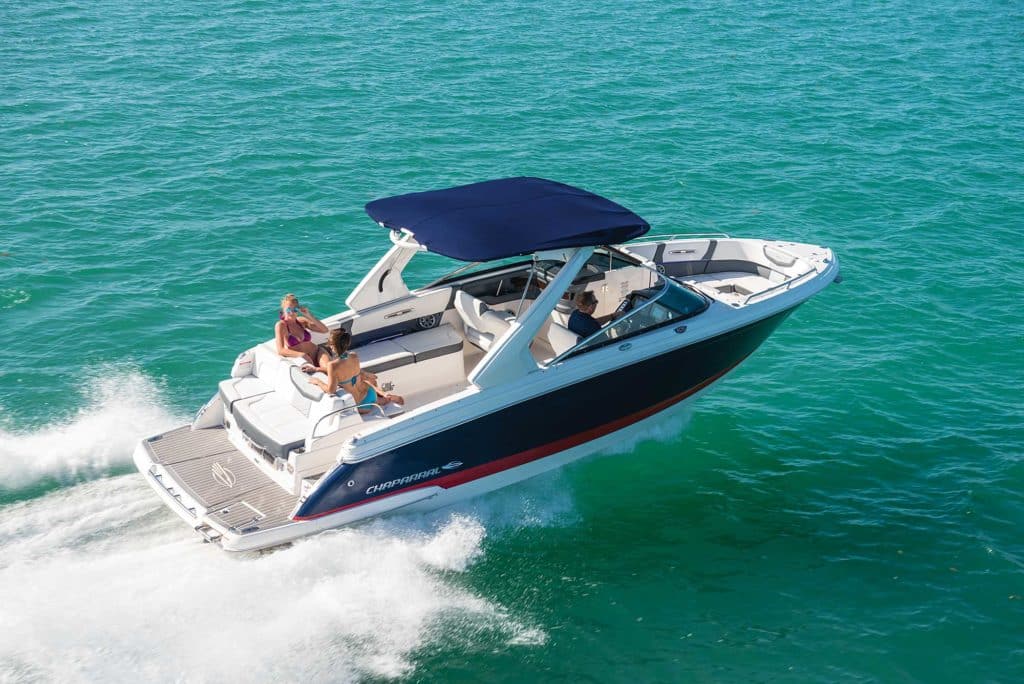
Managing the load aboard your boat begins before you set out and continues throughout the day. Keep an eye on your boat’s load, and you’ll enjoy greater safety, increased efficiency and improved handling.
First off, never exceed the capacity rating of your boat. Even if it’s the Fourth of July, your cousins are in town, or it’s just a short trip to the sandbar, don’t risk lives by overloading your boat. Find the capacities, listed in pounds and in persons, engraved or imprinted upon a plaque or sticker located near the helm. Know that for the purposes of capacity, a person equals 150 pounds. So, if your linebacker-size uncle fishes with you, count him as two people.
Some boats carry a yacht certification or otherwise lack a capacity plate. If you own one, apply this formula: The recommended number of people equals boat length (in feet) times boat width (in feet) divided by 15.
For example, a 23-foot boat with an 8-foot-6-inch beam might safely carry 13 people. That said, a baker’s dozen is a lot of people for a 23-footer. Rough water, engine power, weather forecast, tide schedule, and not to forget space for all aboard to simply coexist should play into your decision about loading. For example, while your boat may hold that many, how well will it run through the inlet so loaded when the tide turns? Always take a minute to consider the possibilities and err on the side of caution.
Along with the math, there are experience-based indicators that might tell you your boat—or a boat you happen to be aboard—is overloaded. A boat that heels or rolls excessively may be overloaded, especially if it exhibits a very deep, slow roll (heavily ballasted displacement craft excepted). Struggling to achieve plane is another indicator of excess weight aboard, though a weak or underpowered engine might be the culprit. Also, a boat that shows its waterline below the water’s surface, or one in which the cockpit drains are completely submerged may be overloaded, or maybe the person who applied the paint or striping was careless. Hopefully, your boat is not sluggish to rise to the waves, often an indicator of too much weight aboard.
As described, these commonsense overload indicators come with caveats. Use them as part of a greater awareness—an expansion of your boat sense. If one crops up, investigate further, read the capacity plate, and speak to the captain or owner. Don’t let it go. Trust your gut.
Read Next: Calculating Your Boat’s Power-to-Weight Ratio
Another motivation for managing weight is greed. Excess weight costs more fuel to carry along the water. So, don’t fill the livewell until you need it. Carry redundant spares and backups, but don’t stow a whole marine store aboard. Leave the beach gear off the boat in the bracket seasons. I’m just trying to present examples; we all know that boats collect our crap and get heavier with time.
So, inventory your gear, heed capacity plates, trust your boat sense and, in all cases when loading a boat, place safety first.









